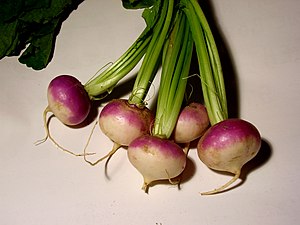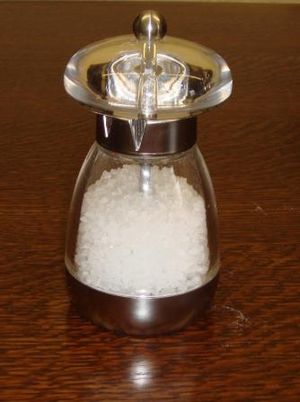Where am I?
I believe you could wake up in a grocery, and without seeing the languages, figure out the country you were in, perhaps even which province. We are not so homogenized after all.
One way to identify the country is to take note of what is missing compared to other places. Another way is to see what is included.
Good American food...When I visited my mom in New Jersey, she would make me a tuna sandwich with lettuce on toasted bread, served with a bowl of Campbell’s tomato soup. People in Russia don’t eat that way.
Even after the rapid commercialization of the food industry since 1991, ready-made processed foods are not as popular as in the US. Concerns about shippable fruits and vegetables are starting to override taste. Still Russian food seems better than the sometimes cardboard products of the USA produce aisle.
Tuna and tomato soup missing in Russia...
Sometimes I find canned tuna, but rarely the albacore white tuna ideal for sandwiches or salads. Toasters are on sale at large stores in Peter but I don’t know anybody that has one. Most people have little appreciation of the joys of toast at breakfast.
Russians frequently make soup, usually with several ingredients, even in the hot months of summer! American soup companies mostly offer cans of one type of soup... tomato, potato, onion, chicken, and mushroom. Campbell’s Soup set up an outpost in Moscow a few years back to win over Russians to condensed soup. But Russians feel time in the kitchen is well spent. The Americans weren’t sufficiently successful, folded their tents, and left town.
The last few years I’ve hungered for just such a condensed tomato soup. As I get older and further away from life in the USA, for me a one ingredient soup beats complex heavy ones with parsley, dill, pieces of meat and pepper balls. I’ve made my own soup from tomato juice or left over spaghetti sauce, and enjoyed it on the sly when no one’s home to wonder.
Often American Internet recipes specify canned soup for flavoring. I add the main components of the missing canned soup or just skip that part of the instructions.
Attitudes, tradition, and habit...
Russians do not eat sandwiches with two pieces of bread. They are mystified by my pleasure in putting together a midnight sandwich, a Dagwood special!
German brands of peanut butter and marmalade are available, but neither are part of daily Russian food. With no sandwiches and no toast, where would you put them?
In New Jersey supermarkets there are long aisles for bottled spaghetti sauce. Here I feel lucky to find a few varieties of tomato paste. You won’t find any significant shelf space for bottled salad dressings, either. Most Russians are not in the habit of eating green salads, so why would they need a prepared salad dressing?
Cold cereals unpopular...
There may be a few dry cereals near the Finn Crisp but there is nothing like the shelf space for such cereals as in the States. Russians prefer hot cereal with butter but don’t slosh milk on top... or just eat buterbrod... buttered bread with a cold slice of ham or kolbaca on top.
Vegetables...
Russian often fry vegetables. Frozen veggies are sold in open freezer bins with a scoop to fill a plastic bag, or you may buy from a small selection of packaged frozen vegetables. Fresh or frozen, asparagus, spinach, and Lima beans are hard to find.
The meat aisle...
Americans and Russians both favor beef, chicken, and pork, but the USA also eats a lot of turkey and lamb. I wish lamb chops (and mutton) were more available in St Petersburg.
Most Russians know very little about turkey. On some Thanksgivings we have eaten a frozen slab of tasteless turkey, but now we just eat chicken, and call it turkey. Broiler chickens and turkeys are not popular. With Russia’s huge agricultural acreage, turkey could become a big consumer item.
The taste test says... Russia!
Of course, there are foods a Russian would tell you are missing in the typical American supermarket. Most of the items I’ve mentioned here are not essentials, just preferences. Overall, living in Russia these past thirteen years I feel that I have gained when it comes to the availability of tasty and healthy food.
What do you think? Just click comments or send an email to us by clicking the Write Us tab on the right margin.











![Reblog this post [with Zemanta]](http://img.zemanta.com/reblog_e.png?x-id=23084631-3044-4ca7-8f67-1de9ca3b2f86)